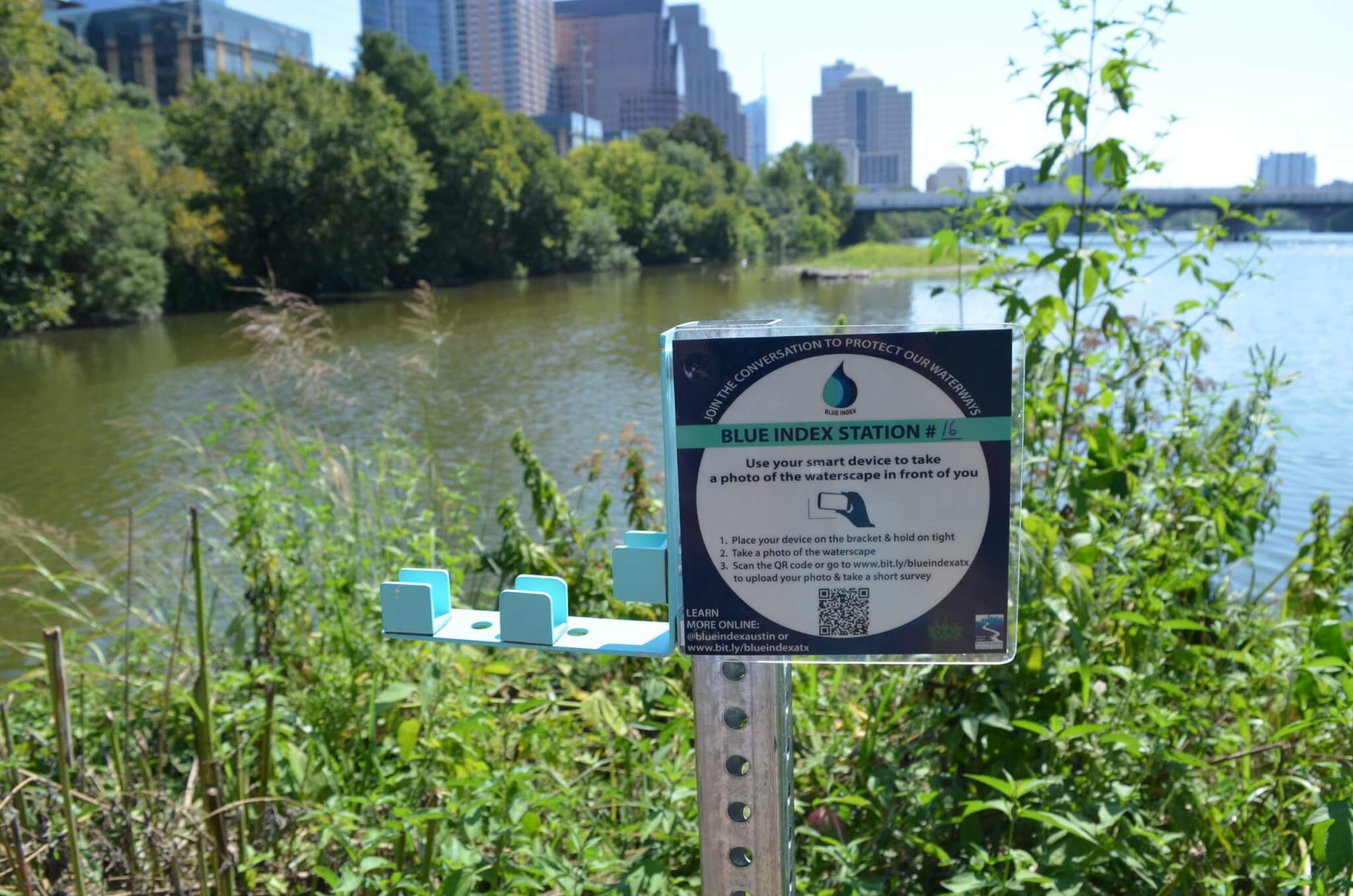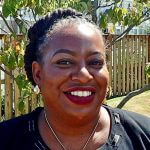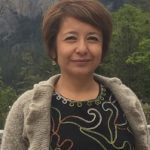Kevin Jeffery
Chula Vista, California
Kevin is a landscape architect associate and architectural designer. He focuses on waterscape design as well as sustainable green infrastructure. He graduated from University of Texas at Austin in 2019 with a Master’s Degree in Landscape Architecture. Specializing in innovative urban design technologies, he utilizes the healing powers of the natural environment in his work which earned him the inaugural Emerging Leader Award from River Network in 2019. He practices at a small Juneau architecture firm, MRV Architects, which serves all of Southeast Alaska. For Kevin, creating stronger bonds between communities and their natural resources has always been a passion, both personally and professionally.
Although new to Southeast Alaska, Kevin brings the knowledge and experience from working on sustainability initiatives in two other capital regions, the District of Columbia and Austin, Texas. He has worked for responsible development in the private, nonprofit, and government sectors and created and administered his own large-scale project: a city-wide water research study called “Blue Index.” Blue Index is a project that expands public participation in the protection and management of local waterways and demonstrates the connection between the health of our waterways and our own well-being. Kevin brings a wealth of skills and perspective to the design sector and looks forward to merging water management and design in new and creative ways.
Kevin Jeffery was the inaugural recipient of River Network’s Emerging Leader Award in 2019.
This interview was conducted by Carly Schmidt on September 17, 2019. Photo by Sarah Davidson.
How did your personal journey to water/conservation begin? How did you get to where you are today?
Like many people, I got exposed to the natural world through the Boy Scouts. I was fortunate to be a part of a troop that camped on a regular basis, which was unusual. It was a great experience with strong, dedicated leadership and the experience stuck with me. I was doing my undergrad at the University of Texas at Arlington and was working on a capstone studying green buildings, mainly because my dad and grandfather were home builders. I really wanted to make my capstone something useful. I learned through research that the U.S. Green Building Council had just been formed and I thought it was such a cool thing! I kind of dove head first into being more environmentally conscious in my life and my career.
When I graduated, I had these big plans of working for the Green Building Council. Instead, I went to D.C. and started working with the Earth Conservation Corps (an Americorps program), specifically, with adjudicated youth without a high school diploma. The premise of the program is that these kids would get a GED and do it through learning about their home environment. My job was to teach them life skills through environmental service projects. I fell in love with the Anacostia River and every job since this one has been in the water vein.
After Earth Conservation Corps, I took a brief side track at a Japanese nuclear construction company in D.C. This wasn’t outdoor or traditional environmental work, although it got me thinking about avenues away from carbon dependency. I got back into the NGO world with Clean Water Action as an advocate for the Anacostia. I got to talk to federal, state, and local government about really important issues, but I found that I wanted to work with my hands. I started working for the Department of Energy and Environment (DOEE). They recruited me to work in this program that gets green infrastructure into people’s houses. We would install it, pay 90% of the cost, and show people how to use it. I saw over 1,000 properties and really analyzed them for stormwater controls.
In this role, I initiated the Hickey Run Challenge, which was a challenge to a community to make it as green as they could. Through GIS, I made each block a team and the winning block would get a green makeover for their street. I designed this program, and when it came to designing the makeover I was asked for my landscape architecture credentials. I didn’t even know what that was, so they took this part of the project away from me. That’s when I decided to go back to school to get my landscape architecture degree to continue with what I’d been doing.
You recently made the move to Alaska. What are you up to these days?
My new title is Urban Designer. I am working for a small architecture firm called MRV Architects in Juneau, Alaska. It’s entry-level, but I am helping them with their needs, drawing details, preparing proposals, and other design work. I am learning the architecture part and will build in the landscape part as I build my career. I am also learning about the ecology of southeast Alaska.
You are the creator of Blue Index in Austin, Texas. Generally, how did that project begin and what was your experience getting this research off the ground?
Blue Index kind of came about in three ways. First, when I was working for DOEE I was encouraged to pursue my own projects. I was forwarded a YouTube video by a United States Geological Survey (USGS) biologist describing how smartphones can monitor changes in the landscape. You can put a bracket that holds a device and take the same photo over time to show change. Second, Sarah Davidson (a River Network member) introduced me to the “Blue Mind” concept by Dr. Wallace J. Nichols, which is all about the physical reactions inside our bodies when we’re in and around water. We have no control over these reactions, but it passively calms us and makes us more chill. Third, before I left D.C. to go back to school, I started Friends of Quincy Run Stream. We were doing a creek clean up and seeing how people were looking out at the creek instead of down toward all the trash. I married all of these ideas together to get people to stop and notice the water and tell me what they’re feeling. I made a similar bracket/stand for Quincy Run and took one to grad school as a side hustle to find the happiest spot in Austin.

A Blue Index station in Austin’s Town Lake Metropolitan Park. Photo via Blue Index Austin on Facebook.
Do you plan to continue Blue Index in Austin?
The ball is in my court. We collected data for 18 months and I am fine-tuning my report. I am currently working with a 357-page InDesign document to report on what we did and what can be done with this information. The photo project itself is shut down in Austin and now we’re looking at our results. The last milestone of this project is to provide a testament to the City of Austin, urging them to consider certain changes based on the project’s findings. Through River Rally, I saw that there are so many groups interested in Blue Index and what it can do. I want to finish this project and provide a model for other groups.
Update, June 12, 2020: Kevin has completed the Blue Index Austin final report. Find the Executive Summary here.
In June 2019 you were honored as the inaugural recipient of River Network’s Emerging Leader Award at River Rally. When did you first engage with River Network and what has kept you coming back?
When I first got to D.C., some folks were coming back from River Rally and saying that it’s a big party with a lot of like-minded people. They really jazzed it up and I got to go to my first River Rally in Grand Rapids, Michigan. I really felt like I had met my people and I was home. It’s funny, I’m kind of an undercover nerd. With a lot of people you have to get into the nerd-weeds and explain yourself. At Rally, I didn’t have to explain myself. We were all nerding-out over the same stuff. It was such a cool feeling and so infectious.
As a young person in your career, what advice would you give to another young person who is maybe struggling to find their way in the field of conservation?
I feel like we’re at the beginning of this huge bell curve of environmental change and how we incorporate environmentalism into our culture and daily lives. It’s so exciting to be here, so I would tell another young person to go for it. It’s better to ask forgiveness than permission. Like Blue Index, for example. We had no time or money or permission to use this land. When I finally talked to a government official about what I was doing, no one was upset that I hadn’t jumped through hoops. You just need to put yourself out there and see where it goes. People are starving for new ideas. If people can see your passion, that will take you far. As a young person, you can push boundaries because you haven’t done this work before. Don’t be afraid to break the rules.
How is Blue Index doing now in 2022?
Since completing the Blue Index Austin Final Report in 2020, I have worked with Co-Founder and Creative Director, Sarah Davidson, to evolve the project into a business that provides services to public water and land managers throughout the country. We have also created a new website, a student fellowship program, and are currently developing a new Blue Index Station design, which will be 3D-printed. We are seeking new partners in a variety of locations who are interested in bringing Blue Index to their communities and watersheds.
I am excited to share that we brought our first Blue Index Student Fellow on board in 2021. Madeline Wade is a graduate student of Geography at Texas State University at San Marcos, studying human-environment interactions with a focus on water resources. Her project includes 12 Blue Index Stations located along the San Marcos River and a goal to collect 1,000 assessments in 12 months. She is well over halfway to achieving her goal. We’re very proud of her excellent work! If you’re in the San Marcos area, be sure to visit one of her stations. You can find out more about her study here.
If you or anyone you know is interested in becoming a Blue Index Student Fellow, or if you are interested in bringing Blue Index to your area, please let us know!
What does Black History Month mean to you?
One of the things I’ve come to really appreciate about living in Juneau, AK, is the strong presence of Alaska Native cultures. They are not only celebrated, but it is ‘normal’ to see such rich and long-standing cultures imbue the community. This is evident from the street corners inlayed with Alaska Native formline designs, to Totem poles standing in many public spaces, to the ways that people introduce themselves and take care of one another. Inserting balance is encouraged and expected in all aspects of life.
While Black History Month is a time of acknowledging our forefathers and foremothers and making Black communities better, it is also a reminder that many positive aspects of Black cultures remain a novelty rather than the norm. Going forward, I hope that Black History Month can become a time where people outside and inside Black cultures realize that it’s normal to see Black influences in all aspects, not just in arts and entertainment. We are landscape architects. We are environmental advocates. We are decision-makers and leaders. And we are water lovers. Although it’s nice to be celebrated, it should be the status quo, not the exception. My vision for future Black History Months is to strive towards this balance.







